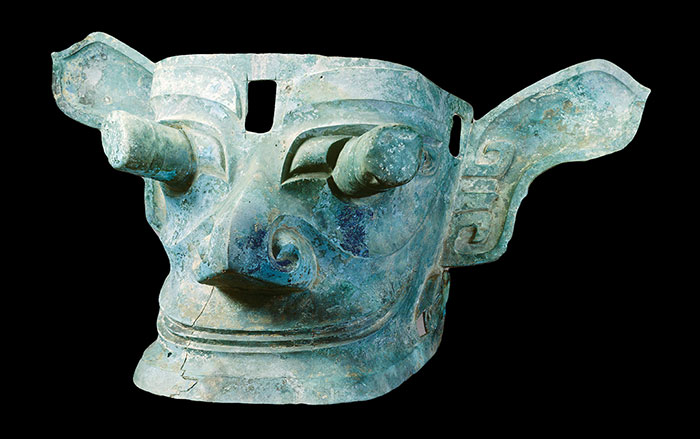
LEIPZIG, GERMANY—Analysis of two baby teeth from northern Italy—one found at the Riparo Bombrini rock shelter, and other at the Grotta di Fumane—has shown that the innovative stone tools and ornaments of the Protoaurignacian culture were made by modern humans, and not Neanderthals. Stefano Benazzi of the University of Bologna measured the thickness of the enamel on the tooth from Riparo Bombrini and found it to be thick, as in modern humans. Neanderthals had relatively thin enamel. Radiocarbon dates of bone and charcoal from the site suggest that the child lived some 40,000 years ago. Mitochondrial DNA was extracted from the other tooth, which is also some 40,000 years old. Scientists from the Max Planck Institute for Evolutionary Anthropology found that the mitochondrial DNA belonged to a known modern human lineage. These sophisticated tools may have given modern humans a competitive edge over the Neanderthals. “The association of modern remains with the earliest Aurignacian-related archaeological context now provides physical evidence that the arrival of our species on the continent triggered the demise of Neanderthals, who disappeared a couple of millennia later,” paleoanthropologist Jean-Jacques Hublin of the Max Planck Institute said in a press release. To read about a masterpiece of Paleolithic art, see "New Life for Lion Man."










